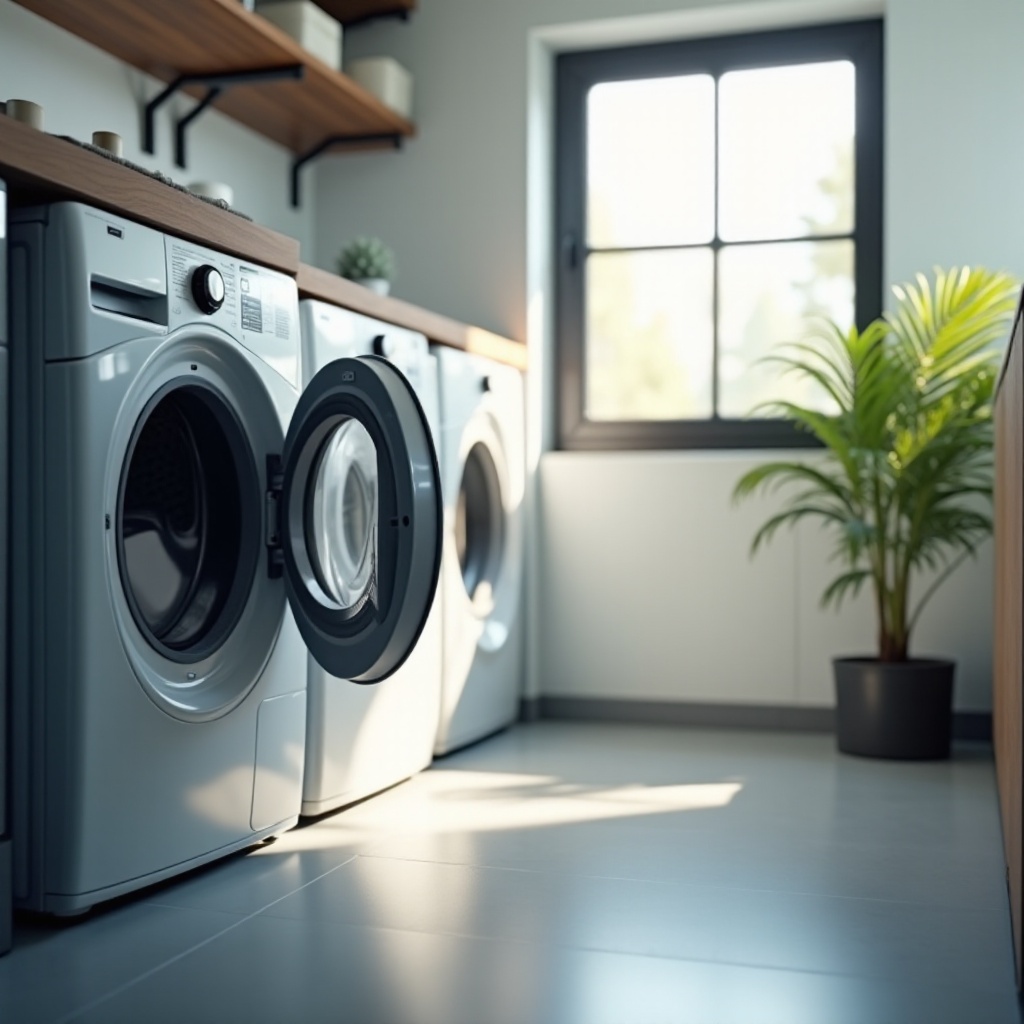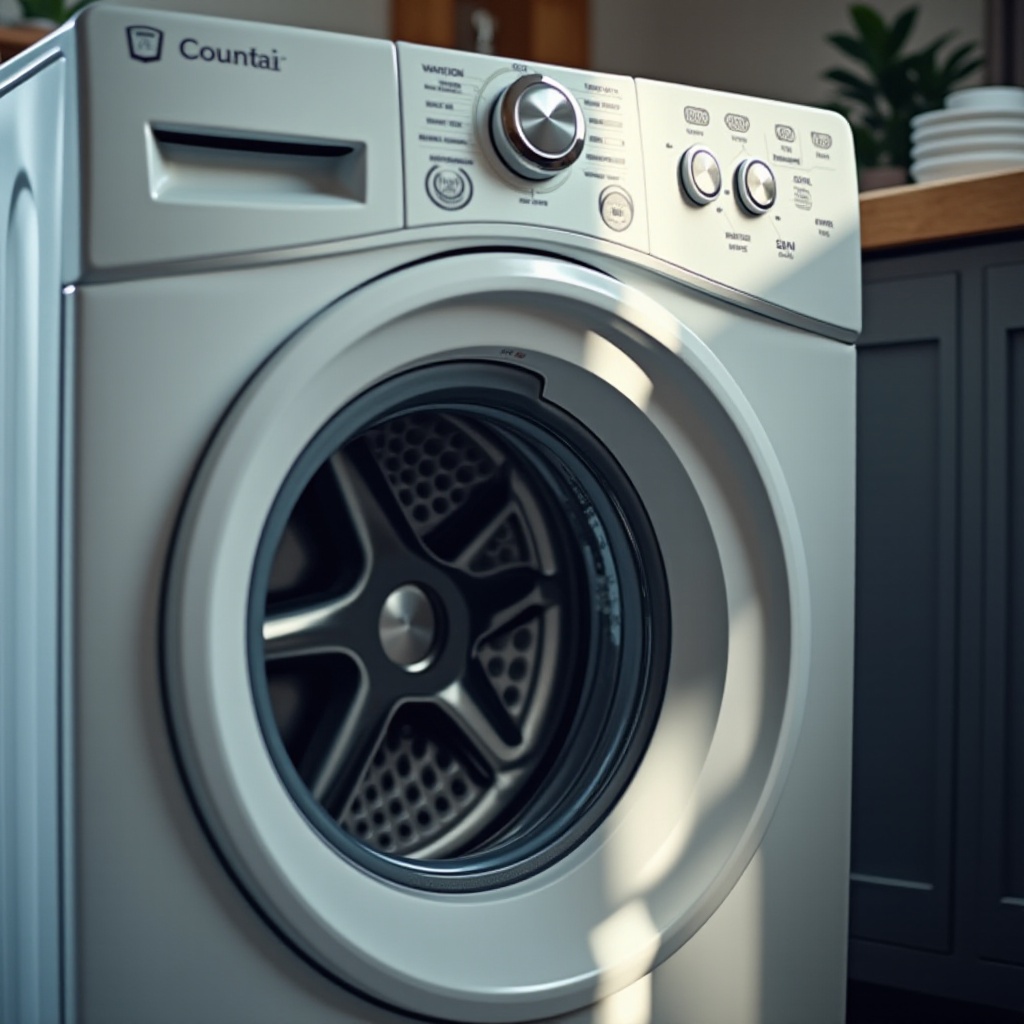Introduction
Encountering noise or a non-agitating washer is more than just an inconvenience—it can signal deeper mechanical issues that demand immediate attention. Ignoring these problems might escalate into more significant repairs. This guide provides insightful details on identifying these common washing machine issues and offers solutions to bring your appliance back to proper working conditions.

Understanding Washer Noises and Their Implications
Every washing machine produces different sounds during operation, each potentially indicating a specific issue. Being able to recognize these sounds can help diagnose underlying problems more quickly.
Rattling Sounds: These are often caused by foreign objects such as coins or small items left in pockets and stuck in the drum.
Grinding Noises: These can point to worn-out drum bearings or internal mechanical parts needing inspection and repair.
Banging or Thumping: These sounds typically suggest an unbalanced load but may also indicate issues with the washer's drum or suspension system.
Knowing what these noises mean can help you target specific areas in need of attention, preventing further damage and maintaining a peaceful laundering environment.
Common Causes of a Washer Not Agitating
A washing machine that doesn't agitate can be less effective at cleaning clothes. Various issues can cause the agitation function to fail:
Agitator Problems: Broken or worn agitators can prevent the washing machine from moving correctly, which impacts cleaning efficiency.
Belt Issues: A loose or snapped belt can cause the drum to halt, stopping it from agitating.
Motor Failures: Malfunctions within the motor system can interrupt the washer's ability to agitate.
Lid Switch Malfunction: A defective lid switch might result in the washer not recognizing that the lid is closed, preventing operation.
Identifying the specific cause of non-agitation is essential to determine if a simple fix can resolve the issue or if professional intervention is necessary.

Step-by-Step Troubleshooting Guide
If you encounter issues of noise or lack of agitation, walking through some troubleshooting steps can help you uncover the problem's root cause and potentially fix it yourself.
- Identify the Source of the Noise
- Carefully listen to determine when and where the noise occurs during the wash cycle.
Check the drum for any foreign objects.
Check Agitator and Motor Functions
- Inspect the agitator for any visible damage or signs of wear.
Rotate the drum by hand to see if it moves smoothly and listen for unusual sounds that could indicate mechanical failure.
Basic Mechanical Adjustments and Repairs
- Ensure the washing machine is level to avoid unnecessary vibrations.
- Tighten loose screws or components that might be contributing to the noise.
By following these troubleshooting steps, you can pinpoint common issues and apply a remedy without needing professional services, minimizing inconvenience and cost.
DIY Solutions and When to Seek Professional Help
Many common washer issues can be resolved with simple do-it-yourself fixes, though recognizing the limits of your repair skills is important.
- Home Remedies for Minor Issues
- Rearrange crowded loads to prevent excessive rattling and thumping.
Clean the drum of obstructions or any buildup causing blockages.
Knowing When to Call a Repair Technician
- If noise persists despite do-it-yourself modifications, professional insight may be required.
- For complex issues like electrical failures or significant mechanical problems, seeking a technician ensures the repair is handled correctly.
Attempt simple solutions initially, and contact professionals when the situation extends beyond basic repairs, which preserves your appliance's function and longevity.

Preventative Maintenance Tips to Avoid Future Problems
Implement regular maintenance practices to prevent many washer issues from arising in the first place. Some tips include:
- Regularly inspect hoses, belts, and the drum for signs of wear or damage.
- Clean the drain trap and ensure it's clear to prevent obstructions.
- Use recommended amounts of laundry detergent to avoid excess buildup and maintain maximum performance.
These preventative steps help keep your washer in good working order, reducing the likelihood of needing substantial repairs and extending the life of the appliance.
Conclusion
Promptly addressing washer noise and agitation issues is essential to ensure your appliance functions optimally. By implementing the suggested troubleshooting and maintenance tips, you can keep your washer running smoothly and efficiently for years to come.
Frequently Asked Questions
Why is my washer making grinding noises?
Grinding noises may be due to worn-out drum bearings or internal mechanical parts. Inspect and replace these components if needed.
Can I fix a non-agitating washer myself?
You can check the agitator, drive belt, and motor connections for common issues. For more complex problems, a professional might be required.
How often should I conduct maintenance on my washing machine?
Basic checks should be done monthly, while thorough maintenance is recommended every six months to catch potential problems early.
